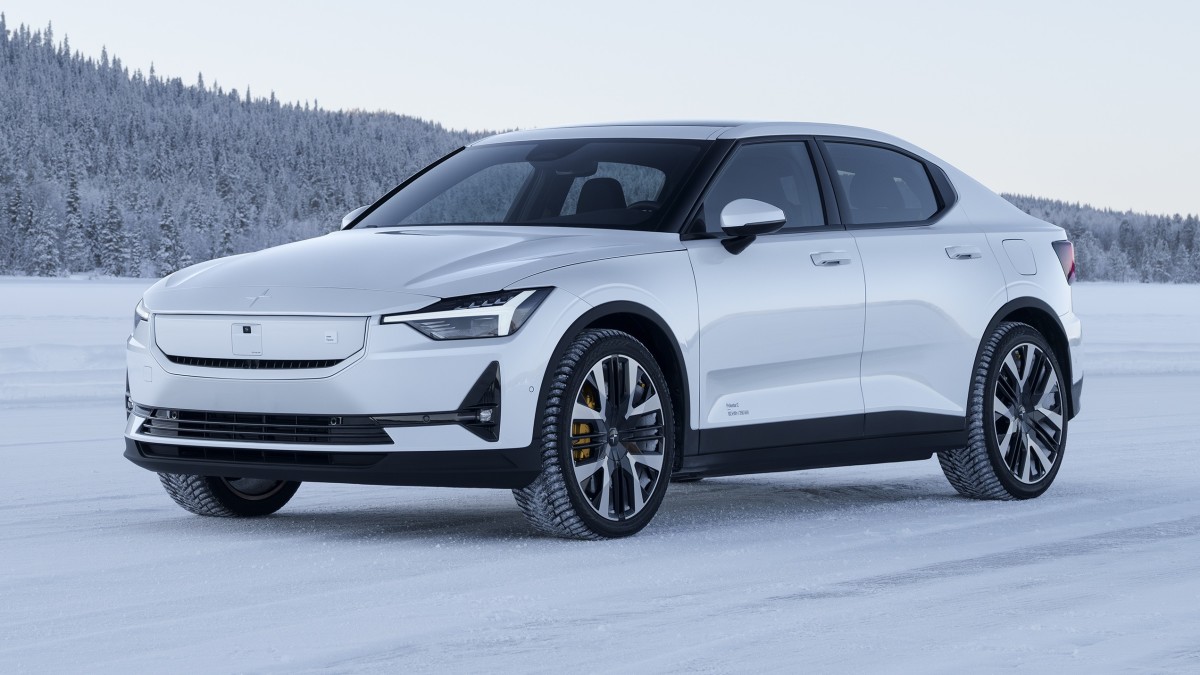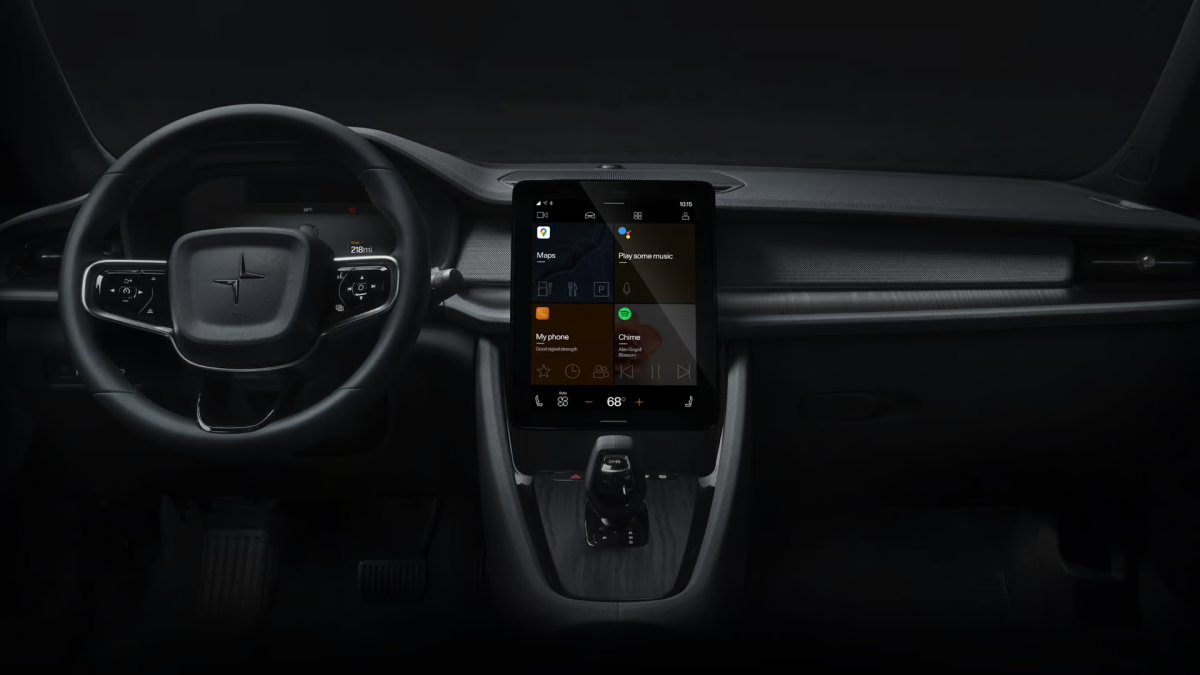Polestar 2 owners face another recall for a recurring issue
The National Highway Traffic Safety Administration (NHTSA), the federal agency within the Department of Transportation responsible for automotive safety, announced on July 11 that it had opened a formal investigation into the Polestar 2 after complaints continue to pile up as the electric vehicle’s rear-view camera continues to malfunction, even after multiple software fixes issued by the manufacturer.
The Office of Defects Investigation (ODI), the division that handles recalls at the NHTSA, is investigating whether Polestar’s remedies are adequate following two previous recalls that tried to fix the problem. The agency says it has received 109 consumer complaints involving 2021 through 2025 model year Polestar 2 vehicles, which allege that the rear-view camera image may be delayed, distorted, or not even show a picture at all when it is supposed to be crystal clear while backing up, which can significantly reduce visibility and potentially increase the risk of a crash.

Polestar
So far, no crashes, injuries, or fatalities have been linked to this specific issue, which affects an estimated 27,816 Polestar 2 vehicles. However, under federal safety standards, specifically the Federal Motor Vehicle Safety Standard 111 (FMVSS 111) regarding rear visibility, all vehicles sold in the United States are required to provide a functioning rear-view camera that displays a clear image when said cars are shifted into reverse. Any failure to meet that standard can trigger regulatory action.
The Volvo-linked Swedish EV brand backed by Geely first issued recall 24V-477 on June 26, 2024, which affected certain 2021–2024 Polestar 2 models. At the time, Polestar stated that the issue stemmed from graphical rendering limitations in the Infotainment Head Unit (IHU), which could prevent the rear-view camera feed from displaying correctly.
“Polestar proposed to remedy this condition via a software update to minimize an Infotainment Head Unit (IHU) graphical rendering limitation by shortening the retry times of the camera streams, as well as removing the rendering of the map in the driver display during backing events to release the graphic memory for the use of the rear-view camera,” ODI wrote in its report.

Polestar
However, that remedy didn’t entirely fix the problem, as owners continued to report failures, even in vehicles that received the fix. This revelation triggered a second recall, specifically recall 25V-280 in April 2025, which expanded the scope of the problem and tried to fix it with a more drastic solution through an over-the-air software update.
“Polestar’s stated remedy for this recall provided an additional software update intended to always maintain the high-speed signal connection between the Parking Assist Camera (PAC) and IHU, instead of toggling on and off by request. The update would also be designed to add a reset of the IHU video signal receiving hardware in case a synchronization error is detected, instead of just setting an error message.”
Despite two different software bumps, complaints over the same issue started rolling in again. ODI says that on June 21, 2025, it began receiving reports from Polestar 2 owners who said their rear-view cameras were still not working properly, even after the latest update. By July, Polestar confirmed to ODI that its most recent over-the-air fix did not resolve the issue, which prompted the agency to launch a Recall Query to determine whether additional action is required.
Final thoughts
The sophisticated tech that goes into software-defined vehicles is cool and all, but what this situation highlights is that in this new era, there could be a gap between diagnosing and resolving hardware-software interactions that may not be easily corrected through traditional over-the-air updates.
While OTA updates are faster and more convenient than dealer-based repairs, they may not always actually fulfill the reason why a recall is issued: to fix things. However, this is not the first time an automaker has had to readdress a previously “fixed” problem, and the latest situation involving 1.2 million Ram trucks is proof that even analog, go-to-the-dealer type recalls cannot fix everything.